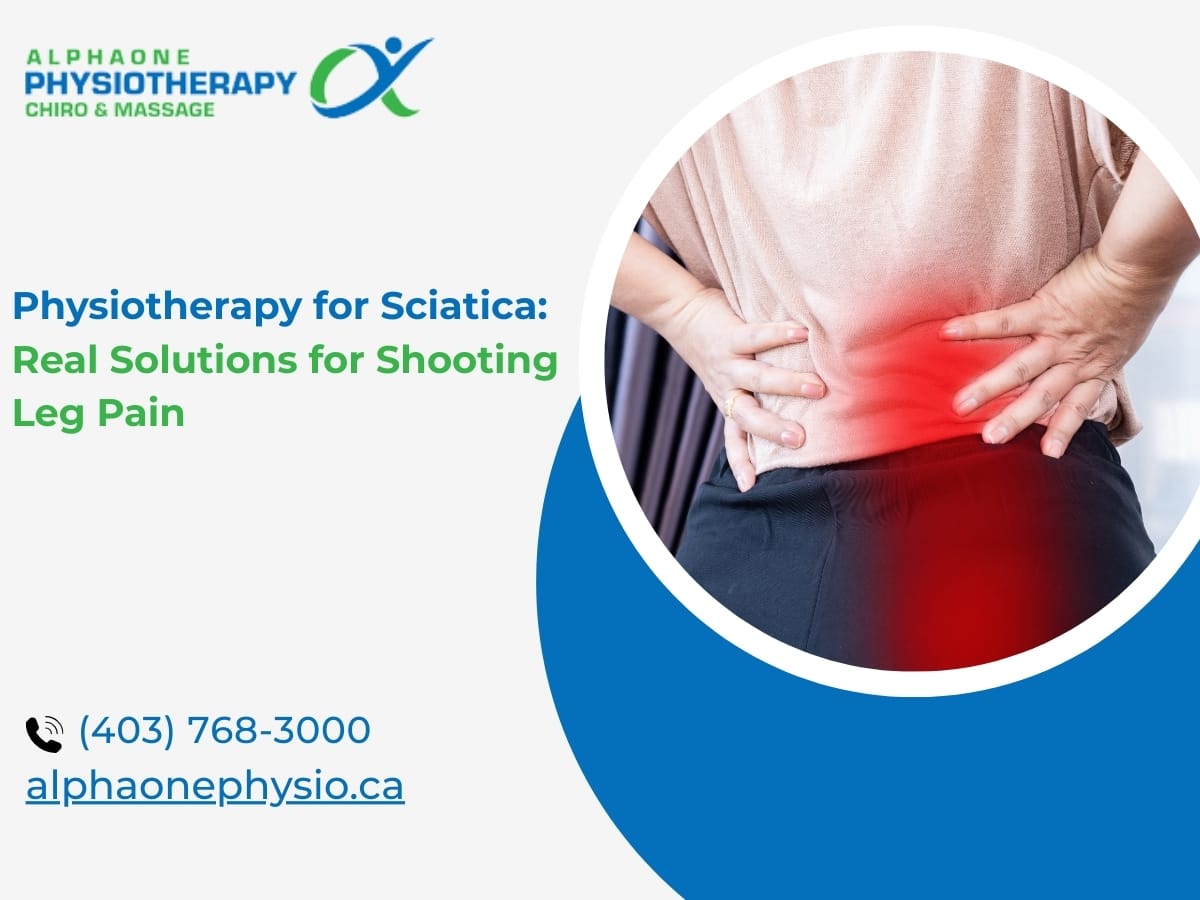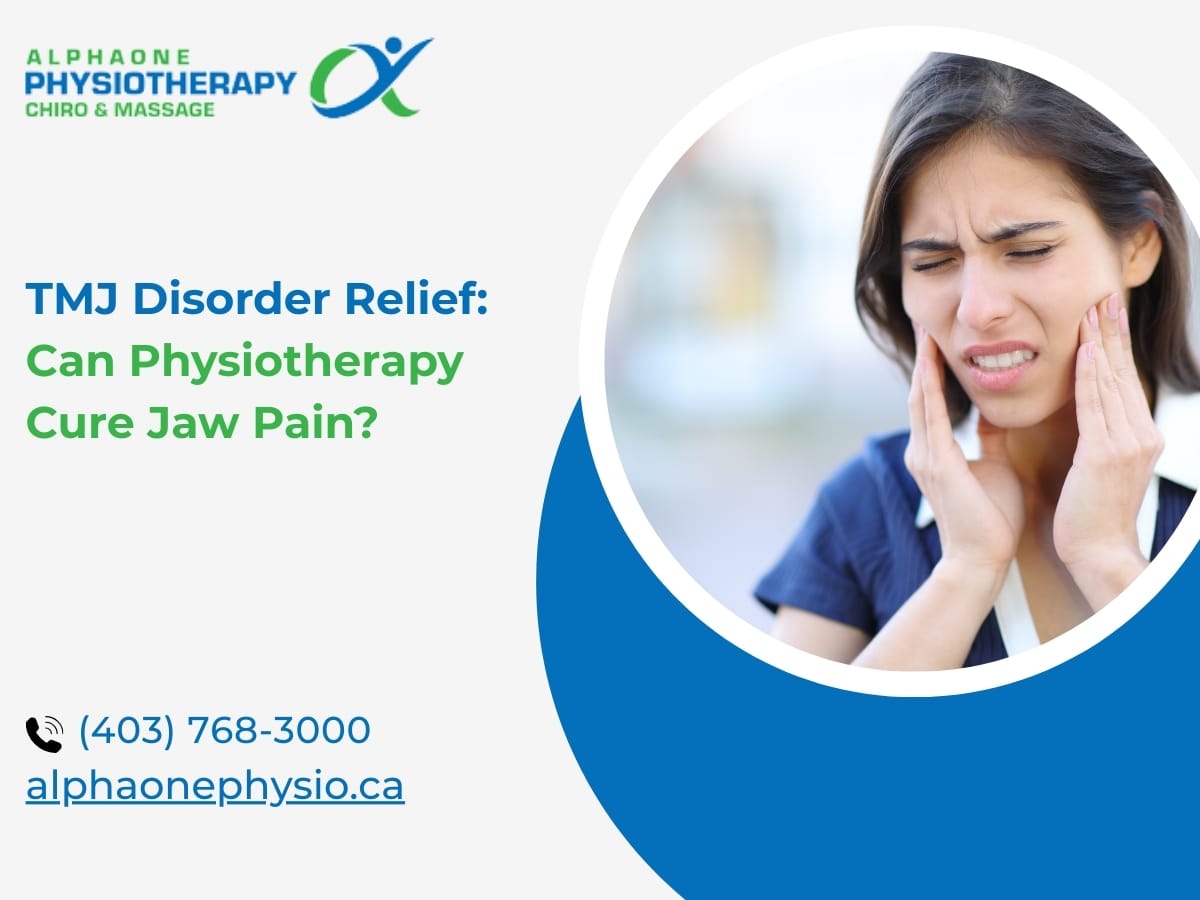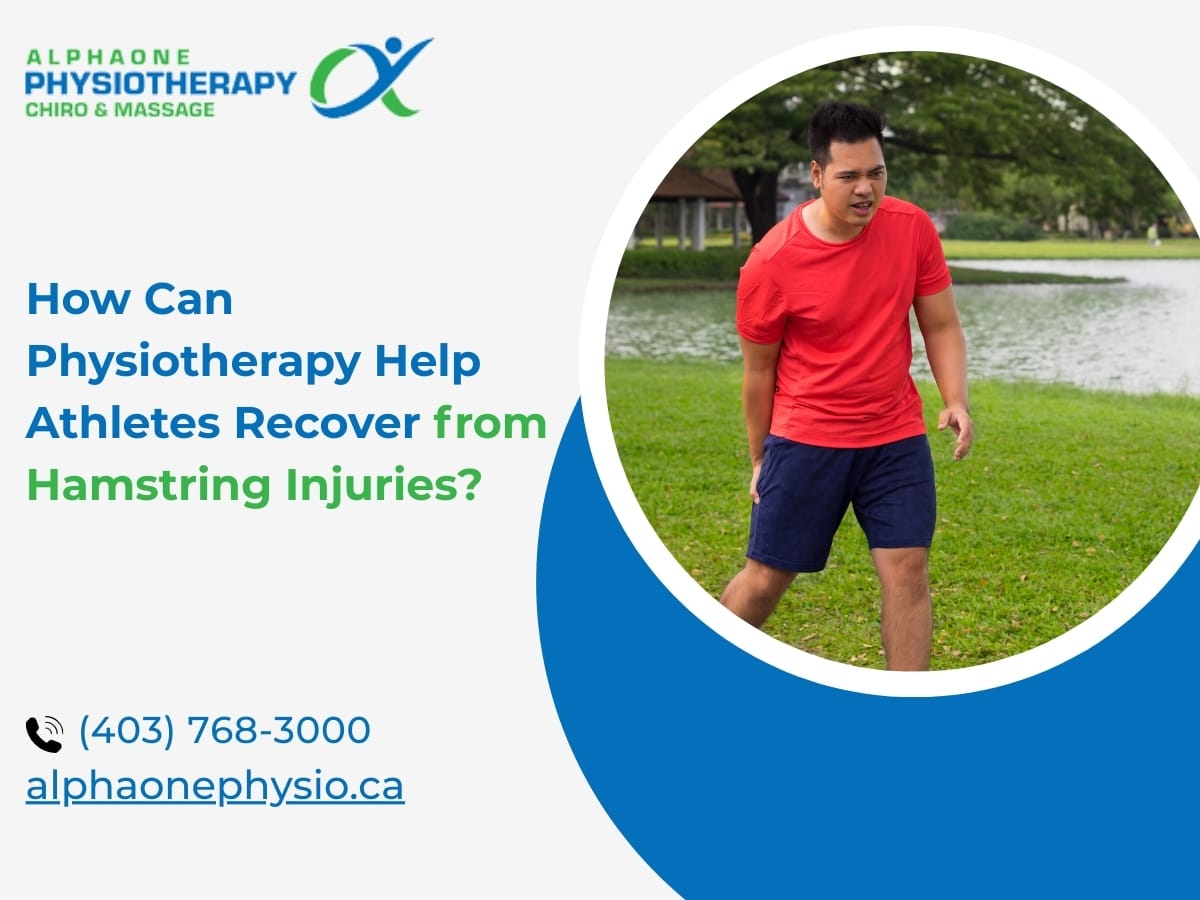Physiotherapy treatments focus on restoring movement, reducing pain, and improving function. They’re tailored to each person and use exercises, manual therapy, and specialized techniques to treat injuries, chronic conditions, and post-surgery recovery. Common physiotherapy treatments include stretches, strength exercises, massage, joint mobilization, and electrotherapy. With personalized treatment plans, physiotherapy provides effective, natural relief and improved quality of life for many.
In our blog, we’ll explain the most effective physiotherapy treatments that address a range of physical challenges. You will learn how manual therapy, exercise therapy, electrotherapy, dry needling, heat and cold therapy work. No matter what the problem is physiotherapy will definitely help you in pain management.
Here is the Very Effective 12 Types of Physical Therapy Treatment
- Manual Therapy
- Exercise Therapy
- Electrotherapy
- Dry Needling
- Heat and Cold Therapy
- TENS Therapy
- Magnetic Therapy
- Taping Physiotherapy
- Joint Mobilization
- Hydrotherapy
- Diathermy
- Ultrasound and Phonophoresis
Manual Therapy
Manual therapy is a hands-on approach that involves the manipulation, mobilization, and massage of muscles, joints, and connective tissues. Physiotherapists use manual therapy to alleviate pain, reduce muscle tension and improve joint mobility. Techniques can range from gentle stretching and pressure to more precise joint mobilizations. By increasing blood flow and relaxing muscles around the joint manual therapy effectively reduces stiffness and improves flexibility. This is ideal for those with arthritis joint pain or chronic health conditions.
According to a study published in the “Journal of Manual & Manipulative Therapy,” patients with back pain who received manual therapy experienced a 68% improvement in function, compared to only 34% in those who didn’t. The hands-on approach can release trapped tension and improve blood flow, allowing joints to move more freely.
During a manual therapy session, a therapist applies targeted pressure to specific areas, which helps release tightness, realign joint structures, and reduce neck pain. This controlled manipulation activates the body’s natural healing processes, encouraging improved function and decreased discomfort in problem areas.
Exercise Therapy
Exercise therapy involves customized exercise programs designed to strengthen muscles, stabilize joints, and enhance flexibility. It’s especially beneficial for individuals recovering from injuries, surgeries, or dealing with conditions like arthritis. Each exercise regimen is tailored to the individual’s needs, addressing specific issues to build endurance, restore mobility, and prevent re-injury. Exercises may include resistance training, stretching and mobility exercises focused on gradually improving physical function.
Tulder, M., Malmivaara, A., Esmail, R., & Koes, B. (2000) conducted a systematic review published in The Cochrane Database of Systematic Reviews that examined the effects of exercise therapy on low back pain. He stated that exercise therapy is effective for chronic, but not acute, low back pain. Chronic low back pain is persistent and ongoing, whereas acute pain is brief and intense. In Western countries, low back pain poses significant health and economic challenges, with exercise offering potential relief mainly for chronic cases.
Physiotherapists create a personalized exercise plan based on the patient’s limitations and goals. As the patient progresses, exercises are adjusted to match their growing strength and stability. The repetitive, structured movement helps rebuild muscle, improve joint support, and enhance overall body coordination, making it easier to handle daily activities with less pain and greater confidence.
Electrotherapy
Electrotherapy uses low-level electrical currents to stimulate muscles, promote healing, and alleviate pain. It’s particularly effective for managing chronic pain, inflammation, and muscle weakness. Common forms of electrotherapy include Transcutaneous Electrical Nerve Stimulation (TENS) and electrical muscle stimulation (EMS). TENS works by blocking pain signals to the brain, while EMS helps stimulate and strengthen muscles. Both forms reduce discomfort and can improve recovery times.
In fact, The Journal of Pain Research published findings that patients using electrotherapy experienced a 40% reduction in chronic pain symptoms. It’s a scientifically-backed, non-invasive way to target pain and speed up recovery.
Small electrodes are placed on the skin near the painful or injured area, delivering mild electrical pulses that stimulate nerves or muscles. These electrical impulses help to reduce inflammation, increase blood circulation, and relax muscles. This approach can relieve pain without the need for medication, providing lasting benefits for those with chronic pain or injury.
Dry Needling
Dry needling is a targeted treatment that involves inserting fine, sterile needles into specific muscle trigger points or tight areas known as “knots.” It’s particularly effective for relieving myofascial pain, tension headaches, and certain sports injuries. Unlike acupuncture, which targets energy meridians, dry needling directly treats muscular issues by releasing tight, overactive muscles that are causing discomfort or restricted movement.
During dry needling, the needle causes a “twitch” response in the muscle, signaling a release of tightness and increasing blood flow to the area. This response also prompts the body’s natural pain-relieving processes to engage, encouraging healing and reducing tension in the treated muscle. Dry needling can provide immediate relief for persistent muscle pain, helping patients regain comfort and range of motion.
Heat and Cold Therapy
Heat and cold therapy are simple yet effective techniques to manage pain, reduce inflammation, and promote faster healing. Cold therapy (cryotherapy) is often used immediately after an injury to reduce swelling, while heat therapy is applied in cases of chronic pain to relax muscles and increase blood flow. Both treatments offer therapeutic benefits that are easy to incorporate into at-home care routines.
Cold therapy reduces blood flow to an injured area, minimizing swelling and numbing sharp pain. It’s especially useful for acute injuries like sprains or strains. Heat therapy, on the other hand, dilates blood vessels, promoting circulation and helping sore muscles relax. This increased blood flow can speed up healing in chronic conditions like arthritis. Alternating between heat and cold can also help in managing pain and inflammation effectively over time.
Transcutaneous Electrical Nerve Stimulation (TENS) Therapy
Transcutaneous Electrical Nerve Stimulation (TENS) therapy uses low-voltage electrical currents to relieve pain. Small electrodes are placed on the skin near the pain area, sending mild electrical impulses that help block pain signals from reaching the brain. TENS is often used to treat chronic pain conditions, such as arthritis, fibromyalgia, and post-surgical pain, by providing temporary pain relief and encouraging the release of endorphins, the body’s natural painkillers.
Magnetic Therapy
Magnetic therapy involves the use of static magnets to promote healing and pain relief by improving blood flow and reducing inflammation. The magnets are typically placed near areas of pain, such as joints or muscles, and are believed to influence the body’s natural electromagnetic field. This therapy is commonly used for arthritis, joint pain, and chronic muscle discomfort, with proponents suggesting it may support the body’s healing processes, though scientific evidence is mixed.
Taping Physiotherapy
Taping involves applying special adhesive tape to muscles, ligaments, or joints to support and stabilize injured or overused areas without restricting movement. Techniques like kinesiology taping help reduce pain, improve blood circulation, and enhance muscle function. Often used in sports and rehabilitation settings, taping can help prevent re-injury, reduce swelling, and improve posture, providing both support and proprioceptive feedback to assist in healing and recovery.
Joint Mobilization
Joint mobilization is a manual therapy technique where a physiotherapist applies controlled movements to specific joints to improve range of motion and alleviate stiffness. This gentle approach helps restore joint function, particularly in areas like the spine, hips, or shoulders. By reducing pain and increasing flexibility, joint mobilization is effective for those with arthritis, joint injuries, or chronic pain conditions, enabling better mobility and comfort in daily activities.
Hydrotherapy
Hydrotherapy, or aquatic therapy, involves performing exercises in warm water to promote relaxation, muscle strengthening, and pain relief. The buoyancy of water reduces stress on joints, making movement easier and less painful, while the warmth soothes sore muscles and enhances circulation. Often used for arthritis, back pain, and post-surgical rehabilitation, hydrotherapy provides a low-impact environment for exercise, benefiting those with mobility challenges or chronic pain.
Diathermy
Diathermy is a heat therapy technique that uses electromagnetic waves to generate deep tissue heating, promoting blood flow and muscle relaxation. It is often used to treat conditions such as muscle spasms, joint stiffness, and soft tissue injuries. By increasing tissue temperature, diathermy aids in pain relief, reduces inflammation, and accelerates the healing process, providing relief for patients with chronic or acute musculoskeletal pain.
Ultrasound and Phonophoresis
Ultrasound therapy uses high-frequency sound waves to generate heat within the body’s tissues, enhancing blood circulation, reducing inflammation, and promoting tissue healing. When combined with phonophoresis, it also facilitates the delivery of topical medications (like anti-inflammatory creams) into deeper tissues through the skin. This combined approach is beneficial for treating soft tissue injuries, tendonitis, and joint inflammation, making it a versatile option in pain management and rehabilitation.
More Types of Physiotherapy
In addition to the primary categories, physiotherapy encompasses several specialized fields:
- Orthopaedic Physiotherapy: Focuses on treating musculoskeletal injuries and disorders, such as fractures, sprains, and post-surgical rehabilitation.
- Sports Physiotherapy: Addresses sports-related injuries and aims to enhance athletic performance through tailored exercise programs and injury prevention strategies.
- Paediatric Physiotherapy: Specializes in managing developmental, neuromuscular, and skeletal issues in infants, children, and adolescents.
- Geriatric Physiotherapy: Concentrates on the unique movement needs of older adults, including balance disorders, arthritis, and osteoporosis management.
- Pre-operative Physiotherapy: Prepares patients for surgery by improving strength and mobility, potentially leading to better post-operative outcomes.
- Post-operative Physiotherapy: Aids in recovery after surgery by restoring movement, reducing pain, and preventing complications.
- Women’s Health Physiotherapy: Addresses conditions related to the female reproductive system, pregnancy, childbirth, and pelvic floor disorders.
- ICU Physiotherapy: Provides care for critically ill patients in intensive care units, focusing on respiratory management and early mobilization to prevent complications.
Summing Up
In choosing the right treatment, the ultimate goal is to help you regain control, reduce pain, and live life to the fullest. Physical therapists help restore motor function and provide pain relief, enabling patients to return to normal activities. They address common conditions through tailored exercises, improving physical activity levels. By focusing on functional movement, physical therapists support individuals in regaining mobility and managing pain effectively for a better quality of life.
At AlphaOne Physio, our team is here to guide you every step of the way, blending expertise with empathy. Whatever your challenges, there’s a physiotherapy solution waiting to make a difference. Take that first step today and experience the healing power of personalized care. Book your appointment today.
What Conditions Can Physiotherapy Treat?
Physiotherapy can address a wide range of conditions, including chronic pain, joint issues, muscle injuries, and balance disorders.
How Quickly Can I See Results From Physiotherapy?
Results vary, but many patients begin to notice improvement after just a few sessions, particularly when they stick with their treatment plan.
What’s The Difference Between Dry Needling And Acupuncture?
While acupuncture focuses on energy flow, dry needling specifically targets muscle knots and trigger points to relieve pain and tension.
Is Exercise Therapy Safe For Older Adults?
Yes, exercise therapy can be customized to suit any age or fitness level, making it a safe and effective option for older adults aiming to improve strength and flexibility.
Can I Combine Different Physiotherapy Treatments?
Absolutely. Many treatment plans are designed to incorporate multiple therapies, providing a comprehensive approach to healing and recovery.
Which Type Of Physiotherapy Is Best?
The optimal type of physiotherapy depends on your specific condition; consulting a qualified physiotherapist will help determine the most suitable approach.
What Are The Three Main Types Of Physiotherapy?
The three main types of physiotherapy are dry needling, electrotherapy, and exercise therapy.
Which Is Better Orthopedic Or Physiotherapy?
Orthopedic surgeons focus on diagnosing and surgically treating musculoskeletal issues, while physiotherapists specialize in rehabilitation and non-surgical management; the choice between them depends on the severity and nature of your condition.






